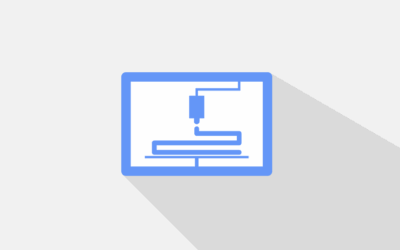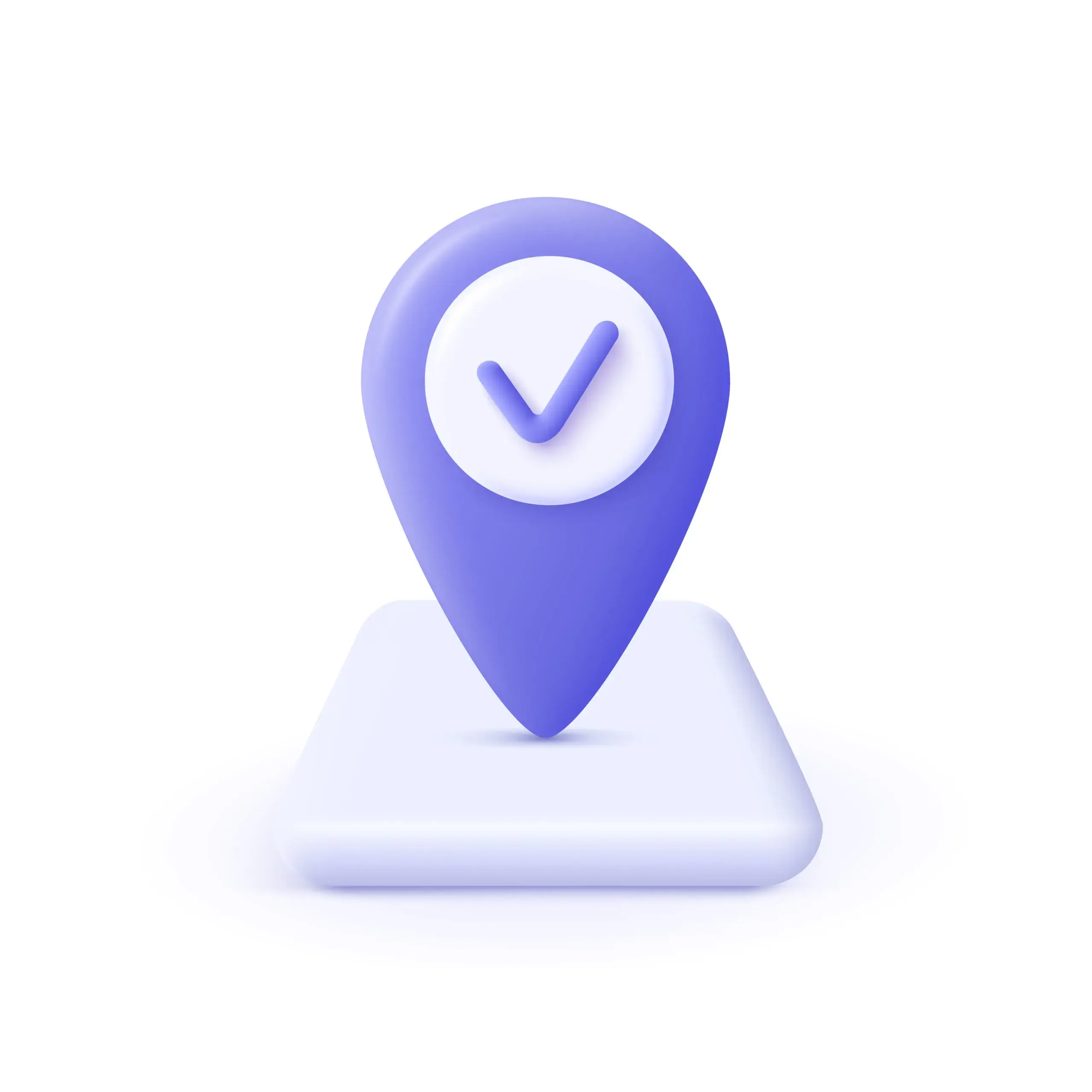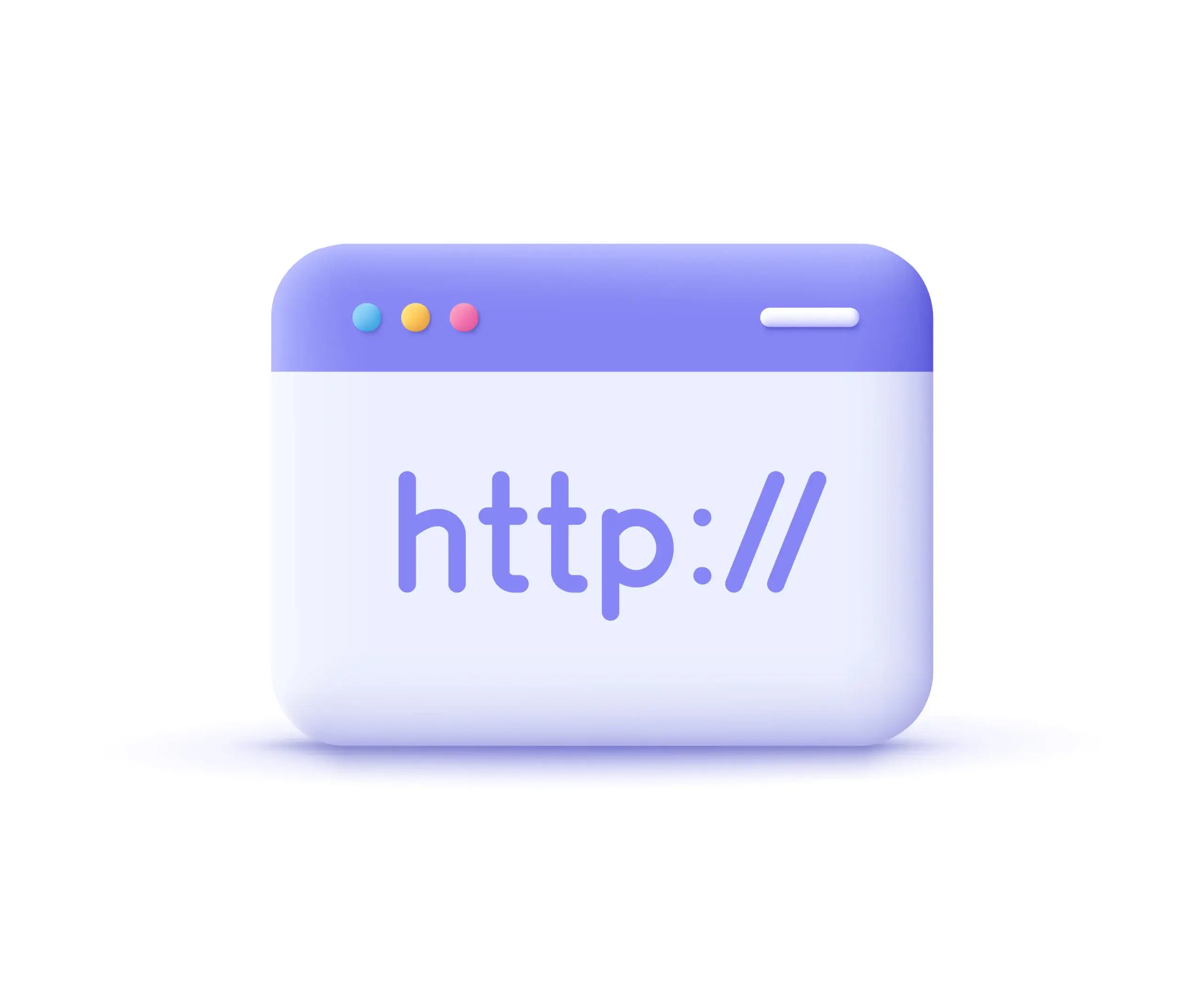Getting accurate, diverse data is tough for most developers training AI and machine learning models. In many cases, scraping and collecting data from various sources on the open web runs into blocks, captchas, and geo-limits. Residential proxies are the secret ingredient used by smart data teams, researchers, and companies to bypass these barriers confidently, powering advanced AI data collection across the globe.
Why AI Model Training Needs Reliable Data Sources
Training modern AI models means collecting huge amounts of data, news articles, social media posts, product reviews, price histories, statistics, and more. But many websites block scraping bots, limit access by geolocation, or serve different content depending on the visitor’s IP. That can make AI models inaccurate or limited in scope.
With proxies, it’s possible to:
- Gather data from any country for worldwide model training
- Handle recurring website blocks and captchas automatically
- Mimic organic user traffic for better access to public information
- Build datasets for computer vision, natural language, or predictive analytics
When gathering data for tasks like image recognition or speech analysis, varied, up-to-date information is key to building robust and fair models. Residential proxies let you keep your AI “eyes and ears” open across borders without breaking site terms or privacy standards.
What Makes Residential Proxies Different?
A residential proxy routes requests through real devices, like computers and smartphones, owned by everyday people in different places worldwide. This is different from a datacenter proxy, which uses IPs assigned to servers in big data centers.
Here’s why residential proxies are the smart choice:
- Over 9.5 million clean IPs: One of the largest pools available, with IPs in 170+ countries.
- Advanced location targeting: Choose exact countries, cities, regions, or even Internet Service Providers (ISPs).
- Rotating and static options: Rotate through pools for scraping, or use a fixed IP for account management.
- Low block rates: Because requests look like normal user traffic, residential proxies boast higher success and lower ban rates compared to datacenter options.
Sites are getting smarter, but residential proxies keep your AI data collection undetectable and efficient.
How Residential Proxies Power Key AI Use Cases
Residential proxies are flexible and cover lots of important AI and machine learning tasks, such as:
Web Scraping for Training Data
Use proxies to scrape product listings, sports statistics, news articles, and more, even from sites that normally block automated bots.
- Country, region, and city targeting for local data
- Continuous rotation ensures fresh, unique datasets
- Greater privacy and compliance with ethical scraping standards
Social Media Analysis
Proxies allow you to monitor global social conversations, hashtags, and sentiment analysis, helping AI understand how people talk and interact online.
- Collect posts, comments, and engagement from any region
- Avoid IP blocks and rate limits
- Support for Facebook, Instagram, X (Twitter), and more
Ecommerce and Market Research
Residential proxies empower AI models with up-to-date product and pricing data from major online retailers in multiple countries.
- Daily price updates for dynamic pricing models
- Real-time review monitoring
- Localized product availability and trend detection
Natural Language Processing (NLP) and Sentiment Analysis
Train NLP models by scraping diverse content sources, blogs, forums, reviews, from across the globe, all masked via residential IPs.
How to Set Up Residential Proxies for Your AI Work
Using residential proxies is simple and accessible, even for non-developers:
- Select your proxy type: Choose rotating for scraping or static for long-running sessions.
- Set targeting preferences: Filter by location or even mobile carrier if needed.
- Integrate into tools: Add proxy details (IP, port, username, password) to your web scraper or automation software.
- Monitor usage: Use ProxyEmpire’s dashboard to track data consumption, response times, and traffic statistics.
- Scale on demand: Increase proxy pool size or concurrent sessions as your datasets and model complexity grow.
Common Mistakes to Avoid
- Using datacenter proxies for AI scraping: These get blocked much faster than residential ones.
- Skipping location targeting: Your AI models may miss out on global data diversity.
- Ignoring usage stats: Always monitor data consumption to manage costs and optimize performance.
- Not leveraging API features: Many providers (including ProxyEmpire) offer public APIs for hassle-free proxy management.
How ProxyEmpire Stands Out
ProxyEmpire is a premium proxy service provider designed to empower web scraping, data collection, and unrestricted internet access through a vast network of ethically sourced residential, mobile, and datacenter proxies. Below is a detailed description based on the provided information:
Overview of ProxyEmpire
ProxyEmpire offers a comprehensive suite of proxy solutions tailored for individuals, businesses, and developers seeking reliable, high-performance tools for data gathering, privacy protection, and bypassing geo-restrictions. With over 9.5 million clean IP addresses spanning 170+ countries, ProxyEmpire provides unparalleled global coverage, ensuring users can access content at scale with a 99.9% uptime and lightning-fast response times (as low as 0.6 seconds).
Proxy Types and Features:
🏘️ Rotating Residential Proxies
Key Benefits
- Global Reach: Access to over 9.5 million IPs worldwide, covering every major region, with precise targeting options (country, city, state, ASN/ISP).
- High Reliability: A 99.86% uptime ensures uninterrupted service, supported by patented technology for enhanced speed and security.
- Ethical Sourcing: Proxies are responsibly harvested, ensuring quality and compliance.
- Versatile Use Cases: Supports web scraping, price monitoring, sneaker copping, SEO tracking, ad verification, and more.
- Integration-Friendly: Compatible with standard proxy protocols (HTTP, SOCKS5) and third-party tools like Multilogin, Dolphin Anty, Kameleo, Octobrowser, and Gologin.
- No Hidden Fees: Transparent pricing with all features included, starting at a $1.97 trial.
Use case:
Why Choose ProxyEmpire?
- Massive Proxy Pool: Over 9.5 million IPs, outpacing competitors with broader coverage and quality.
- Superior Performance: High success rates (up to 99.95% for scraping) and industry-leading speeds.
- User-Friendly: Intuitive dashboard, developer-friendly documentation, and 24/7 support with dedicated account managers for corporate clients.
- Cost-Effective: Flexible pricing with no limits on concurrent sessions and a rollover data feature unique to ProxyEmpire.
FAQ:
1. What are proxies, and how do they function in AI data collection?
Proxies act as intermediaries between your data collection tools (like web scrapers) and the target websites, routing requests through different IP addresses to mask your origin. In AI data collection, they enable large-scale scraping by rotating IPs, accessing geo-restricted content, and distributing requests to avoid detection. For instance, residential proxies use real user IPs from ISPs, making requests appear natural. This is essential for gathering diverse datasets needed for training robust AI models.
2. Why are proxies essential for powering AI data collection in model training?
Proxies solve key challenges like IP bans, rate limiting, and geographic barriers during web scraping, ensuring a steady flow of high-quality, diverse data. Without them, data pipelines can stall, leading to incomplete datasets that hinder model accuracy. They enable ethical scaling by anonymizing requests and balancing loads, ultimately improving AI performance through better training inputs.
3. How do proxies help overcome data barriers in AI training?
They allow access to restricted or region-specific data sources, prevent blocks from anti-scraping measures, and facilitate parallel requests for faster collection. By rotating IPs, proxies ensure continuous data ingestion, helping AI developers build models with comprehensive, unbiased datasets that reflect real-world scenarios.
4. What are the main types of proxies used in AI data collection?
Common types include residential proxies (using home IPs for authenticity), datacenter proxies (fast but more detectable from server farms), mobile proxies (from cellular networks for high trust), and static residential proxies (fixed IPs for consistent access). Rotating proxies automatically switch IPs per request, ideal for high-volume scraping.
5. Why choose residential proxies over datacenter proxies for model training?
Residential proxies mimic real user behavior, reducing detection risks and enabling access to balanced, objective datasets from various locations. They’re preferred for AI training as they handle millions of data points without triggering bans, though they’re slower and costlier than datacenter options.
6. What role do rotating proxies play in AI data pipelines?
Rotating proxies cycle through a pool of IPs, distributing traffic to evade rate limits and IP blocks during intensive scraping sessions. This is crucial for training large language models (LLMs), where vast, ongoing data collection is needed for iterative improvements.
7. Are unlimited residential proxies suitable for AI training?
Yes, they support processing billions of data points by providing endless bandwidth and IP rotations, making them ideal for scalable AI projects. Services like these ensure reliability without usage caps, enhancing model training efficiency.
8. How do proxies improve the accuracy of AI models?
By enabling diverse data collection from global sources, proxies reduce biases in training sets, leading to more accurate and generalizable models. They also ensure clean, structured data through load balancing and consistent access.
9. In what ways do proxies reduce bias in AI training data?
Proxies unlock access to underrepresented data sources across geographies and demographics, anonymizing collection to promote fairness. This helps developers mitigate inherent biases, resulting in ethical AI systems.
10. How do proxies enhance security in AI data collection?
They mask your infrastructure’s IP, protecting against retaliation or tracking by target sites. Combined with encryption, proxies secure data pipelines, especially for sensitive AI applications.
11. What scalability benefits do proxies offer for AI projects?
Proxies allow parallel scraping at scale, handling high-volume requests without downtime. This speeds up data acquisition for training complex models like LLMs, supporting rapid iteration and deployment.
12. How can I integrate proxies into my AI data collection workflow?
Start by selecting a proxy provider, then configure your scraping tools (e.g., Scrapy or BeautifulSoup) to route requests through the proxy API. Use rotating pools for volume and monitor performance to adjust settings.
13. What are best practices for using proxies in ethical AI data collection?
Respect website terms, use delays between requests, anonymize data, and focus on public sources. Choose ethical providers with real-user IPs to avoid deceptive practices, ensuring compliance and sustainability.
14. How do I choose the right proxy network for AI training?
Evaluate based on IP diversity, success rates, speed, and ethical sourcing. Look for providers offering unlimited plans, geo-targeting, and integration support, like those specializing in AI use cases.
15. What common challenges arise when using proxies for AI data collection?
Issues include detection despite rotations, high costs for premium proxies, latency in residential networks, and ensuring data quality. Geo-tagging limitations can also restrict access to certain datasets.
16. How can I avoid IP bans and rate limits with proxies?
Use rotating residential proxies, implement random delays, and distribute requests across a large IP pool. Monitor response codes and switch proxies dynamically if blocks occur.
17. What are the cost considerations for proxies in large-scale AI training?
Costs vary by type, residential proxies are pricier due to authenticity, starting at $5-10 per GB, while datacenter ones are cheaper. Factor in volume discounts, unlimited plans, and ROI from improved model performance.
18. How do proxies address privacy concerns in data collection?
By anonymizing requests and using ethical IP sources, proxies protect user privacy during scraping. They help comply with regulations like GDPR by minimizing traceable footprints.
19. Is using proxies for AI data collection legal?
It depends on jurisdiction and methods, scraping public data is often legal, but proxies don’t make illegal activities permissible. Avoid copyrighted material, respect robots.txt, and ensure compliance with data protection laws to mitigate risks.
20. What ethical guidelines should I follow when using proxies for model training?
Prioritize transparency, obtain consents where possible, avoid harmful data uses, and use proxies from consented networks. Focus on reducing biases and promoting fair AI outcomes.




















